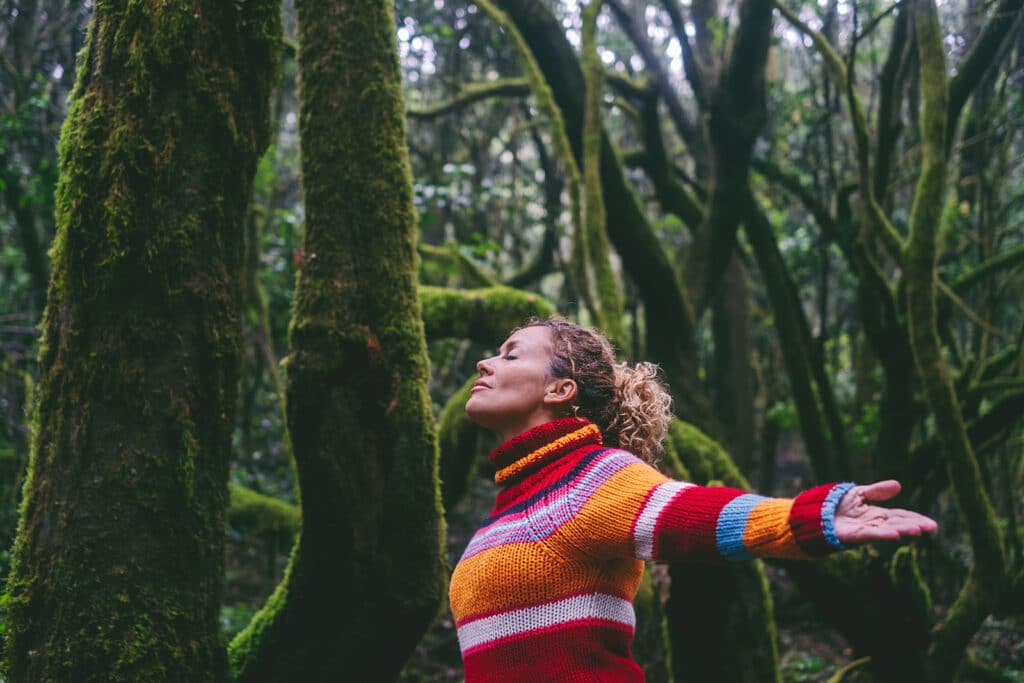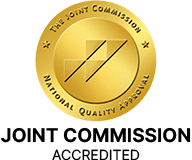Have you tried various types of therapy, but still feel like nothing’s working?
Do you notice temporary relief followed by even worse feelings?
If that’s the case, adventure therapy might just be the perfect solution for you!
It’s an innovative technique that harnesses the power of outdoor activities to help individuals with different mental health conditions.
In this article, we’ll take a closer look at adventure therapy, exploring its different types, advantages, and disadvantages. Keep reading to discover who can benefit from adventure therapy and just how effective it can truly be.

Table of Contents
WHAT IS ADVENTURE THERAPY?
Adventure therapy is a form of psychotherapy that uses experiential therapy and has been widely used since the 1960s. It involves taking advantage of adventurous experiences with the help of mental health professionals.
It builds upon the distinct ways of the Outward Bound model. This technique uses the fundamentals of outdoor therapies to give young people the experiential learning required to face the challenges of life ahead of them.
Some of the common interventions used in adventure therapy can involve various outdoor activities such as backpacking, hiking, camping, rock climbing and kayaking, and ropes courses.
This approach is called experiential education because it focuses on the experience rather than discussing past or present problems. Instead, individuals work on personal growth and development by participating in new and challenging activities.
HOW DOES ADVENTURE THERAPY WORK?
Adventure therapy is based on the idea that overcoming real-life challenges can help people develop emotional resilience, build self-confidence, and improve communication and problem-solving abilities. When individuals engage in outdoor activities, they are encouraged to take on leadership roles, make decisions, and work together as a team. This helps them develop new social skills that can be used in their everyday lives.
An essential aspect of adventure therapy is the use of metaphors. The challenges and obstacles faced during the activities symbolize real-life struggles. Through reflection and discussion with an adventure therapist or group leader, individuals can gain insight into their personal challenges and learn how to apply the skills they developed during the activities to their daily lives.
The Main Pillars of Adventure Therapy
Adventure therapy is based on several techniques that teach the participants to cope with different situations. Upon finishing an adventure therapy program, participants should be able to face challenges and become autonomous to the extent of flourishing.
Here are some of the core concepts behind the idea of adventure therapy:
Action-centered therapy: Action-centered therapy differs from traditional therapy in that it takes place in natural settings, allowing the therapist to observe every aspect of the patient’s personality. This approach provides a unique opportunity to gain valuable insights and promote healing through engaging in adventurous experiences.
Shifting Focus: Participants immerse themselves in adventure experiences to the extent of losing track of time. In doing so, they redirect their attention from their own problems and wholeheartedly embrace new and exciting challenges.
Stepping Outside the Comfort Zone: Adventure therapy pushes participants to step outside their comfort zones, challenging them to grow. Initially resistant to change, most patients experience a transformation after undergoing adventure therapy.
A sense of community: Working in groups in a natural environment fosters a strong sense of community, dismantling barriers and promoting collaboration. Participants develop valuable skills in teamwork, decision-making, and assuming roles within a larger community.
Connection with nature: Nature has healing properties that promote physical, emotional, and spiritual well-being. Through outdoor activities such as hiking, camping, or rock climbing, adventure therapy offers a unique opportunity to connect with nature and find solace in its calming presence.
Long-lasting impact: The lessons learned in adventure therapy have a lasting effect on participants. Long after the therapy sessions have ended, individuals can draw upon the skills and insights gained during their experience for continued personal growth.
Inclusivity: Unlike traditional therapy, which may not cater to diverse needs, adventure therapy accommodates a wide range of participants regardless of age, gender, or physical abilities. This makes it an ideal option for individuals seeking alternative forms of treatment.
Identity development: Engaging in physical activities promotes personal growth and self-discovery for patients. By actively exploring their capabilities, they can enhance their self-esteem, self-efficacy, and self-compassion.
Grit: Adventure therapy programs instill the virtue of determination in their participants, teaching them that success in life demands time and effort. This way, they are less likely to give up at the first sign of adversity.
TYPES OF ADVENTURE THERAPY
There are three types of adventure therapy. Although all three types give similar results, they offer vastly distinct experiential experiences. Therefore, the choice depends on the participant’s preference.
1. Wilderness Therapy
Wilderness therapy programs are a form of adventure therapy that involves staying with a small group in a remote wilderness area for a few weeks. These programs may take up to 10 weeks. Typically, the group won’t change unless someone chooses to drop out.
The participants perform wilderness expeditions and outdoor adventures to boost their leadership skills and take their heads off suicidal tendencies or substance abuse.
2. Adventure-Based Therapy
This type of therapy usually takes place at or near the participants’ mental health treatment center. It’s ideal for people in residential treatment centers or intensive outpatient programs.
The groups in this line of therapy may change regularly, as people come and go into treatment facilities. However, the patient still takes advantage of structured activities specially designed for the therapeutic process.
3. Long-Term Residential Camping
That’s a long-term type of treatment for several mental health concerns. It can take up to an entire year. These programs entail placing participants in outdoor camps or specialized mobile training units for experiential activities.
It aims to teach participants the necessary techniques to foster positive relationships, achieve a sense of responsibility, and highlight their sense of accomplishment.
In other words, this long-term therapy provides the patients with the crucial skills they need to face everyday challenges and deal with the consequences of their actions.
WHO CAN BENEFIT FROM ADVENTURE THERAPY?
Everyone can benefit from adventure therapy but it is particularly effective for adolescents and young adults especially those who struggle with substance use, depression, anxiety, and other mental illness. The combination of adventure and therapy can be especially appealing to this age group, as it provides them with an opportunity to engage in activities they enjoy while also addressing mental health concerns.
In addition, these programs don’t really focus on a specific mental health concern to solve. They rather work on building character while addressing issues on the side.
That said, some cases require adventure therapy, and that’s where the programs prove most effective. For instance, adventure therapy is best for people with the following issues:
- Trauma
- Anxiety
- Substance abuse
- Post-traumatic stress disorder
- Grief and loss
- Depression and hopelessness
- Eating disorders
- Attention deficit hyperactivity disorder (ADHD)
- Suicidal tendencies
- Schizophrenia
HOW CAN ADVENTURE ACTIVITIES HELP?
Despite all the fun participants can get, only some activities work for some participants. In fact, activities can be tailored to cater to the specific needs of participants.
Here’s how different adventurous activities can help:
Rock Climbing
Rock climbing compels participants to face their fears and overcome their lack of confidence to succeed. It helps the patients learn that hard work and planning enable them to achieve new heights.
Skiing
Skiing teaches participants about flow theory. That’s where they face several challenges without having the time to focus on their limitations and anxiety.
Thus, it helps people with anxiety disorders cope with change.
Hiking
This fun activity puts participants in a situation where they become part of a larger group working to achieve a common goal. That way, it allows them to enhance their social and interpersonal skills.
Through adventure group therapy sessions and outdoor activities, patients learn essential life skills, build resilience and confidence, and develop a stronger support system. In addition, it teaches them grit as they work hard to reach success.
Canyoneering
This activity boosts teamwork. It teaches participants crucial skills, such as creative problem-solving and team-building. It encourages self-confidence and raises self-esteem as the patients find themselves in the face of danger.
Mountain Biking
Mountain biking helps patients focus on the moment and forget about their fears and anxiety. It challenges their ability to assess risks and deal with them. Therefore, it boosts confidence and takes their minds off other harmful thoughts.
HOW EFFECTIVE IS ADVENTURE THERAPY?
Adventure therapy has been proven to be an effective form of treatment for individuals struggling with mental health issues. Research has shown that incorporating adventure activities into therapy programs can lead to improved psychological well-being, increased self-esteem, and enhanced social skills.
One study found that adventure therapy was particularly beneficial for adolescents dealing with behavior problems and substance abuse issues. The participants reported feeling more confident, connected, and better able to manage their emotions after participating in adventure therapy sessions.
Moreover, the physical demands of adventure activities can improve overall physical health and fitness, leading to a more balanced lifestyle. The sense of accomplishment and mastery that comes with completing challenging tasks during adventure therapy also contributes to a positive mindset and improved mental well-being.
Overall, adventure therapy offers a unique approach to addressing mental health issues by combining physical activity and nature with traditional therapy techniques. It allows individuals to step outside of their comfort zones, challenge themselves, and develop valuable skills that can be applied in everyday life.
THE ADVANTAGES OF ADVENTURE THERAPY
Adventure therapy offers many benefits for individuals dealing with mental health issues. Some of the advantages include:
Building Self-Esteem and Confidence
Adventure therapy can be particularly beneficial for individuals struggling with low self-esteem and confidence. Participating in challenging activities and successfully completing them can help boost self-esteem and confidence. This newfound sense of accomplishment and self-worth can carry over into other areas of an individual’s life and help them overcome their struggles.
Developing Problem-Solving Skills
Adventure therapy often involves problem-solving challenges, which can help individuals develop critical thinking skills. By working together with others to overcome obstacles, patients learn how to think creatively and come up with solutions in a supportive and safe environment.
Encouraging Physical Activity
Many individuals dealing with mental health issues may struggle with physical inactivity and its associated negative effects. Adventure therapy incorporates physical activities such as hiking, rock climbing, and kayaking, which can help improve overall physical health. Regular exercise has been shown to have a positive impact on mood and mental well-being.
Promoting Exposure to Nature
Being outdoors and in nature has been shown to have numerous mental health benefits. Adventure therapy often takes place in natural settings, allowing patients to experience the calming and grounding effects of nature. This can help reduce stress and anxiety and improve overall mental well-being.
Cultivating Emotional Regulation
Adventure therapy provides a safe environment for individuals to experience different sensations and emotions. Patients are encouraged to recognize and regulate their emotions, which can be beneficial in managing mental health issues. This helps individuals develop emotional resilience and learn healthy coping mechanisms.
Fostering Social Skills
Participating in adventure therapy involves interacting with others and working together towards a common goal. This allows individuals to improve their social skills, such as communication, teamwork, and conflict resolution. These skills can then be applied in their personal relationships and daily life.
THE DISADVANTAGES OF ADVENTURE THERAPY
Like any other form of therapy, adventure therapy has its downsides. Some of the main disadvantages include:
Costly
Adventure therapy isn’t for everyone since it’s costly and isn’t typically covered by insurance plans. In addition, its price can reach up to $500 to $1000 per day, depending on the healthcare program. That’s why it’s not affordable for everyone.
Time-Consuming
Adventure therapy typically demands a significant time commitment, making it inaccessible to everyone. Therefore, patients must allocate a sufficient amount of time to engage in these activities to effectively address their mental health concerns.
Potential Risk
Engaging in therapy in natural settings may carry certain physical risks. Participants should consult with a physician before enrolling in an adventure therapy program. Additionally, there should be diligent supervision by the facilitator to guarantee the well-being of all patients and prevent any potential harm.
CONCLUSION
At Garden State Treatment Center, we understand the importance of innovation in healthcare. That’s why we have incorporated adventure therapy into our treatment initiatives.
We believe that adventure therapy is a valuable modality in treating substance abuse and mental health disorders, and we have seen firsthand the positive impact it has on our patients. We have witnessed individuals conquer their addiction and emerge stronger, more resilient, and with a renewed sense of purpose.
We know that seeking help for yourself or a loved one can be daunting, but we assure you that at Garden State Treatment Center, we provide compassionate care and personalized treatment plans to cater to each patient’s individual needs. Our exceptional adventure therapy program, combined with evidence-based treatment programs in the tranquil natural surroundings of New Jersey, guarantees top-notch care for our patients.
It may just be the key to unlocking a happier, healthier, and more fulfilling life.
Contact us today to learn more about our programs and how we can help you on the path to recovery.



